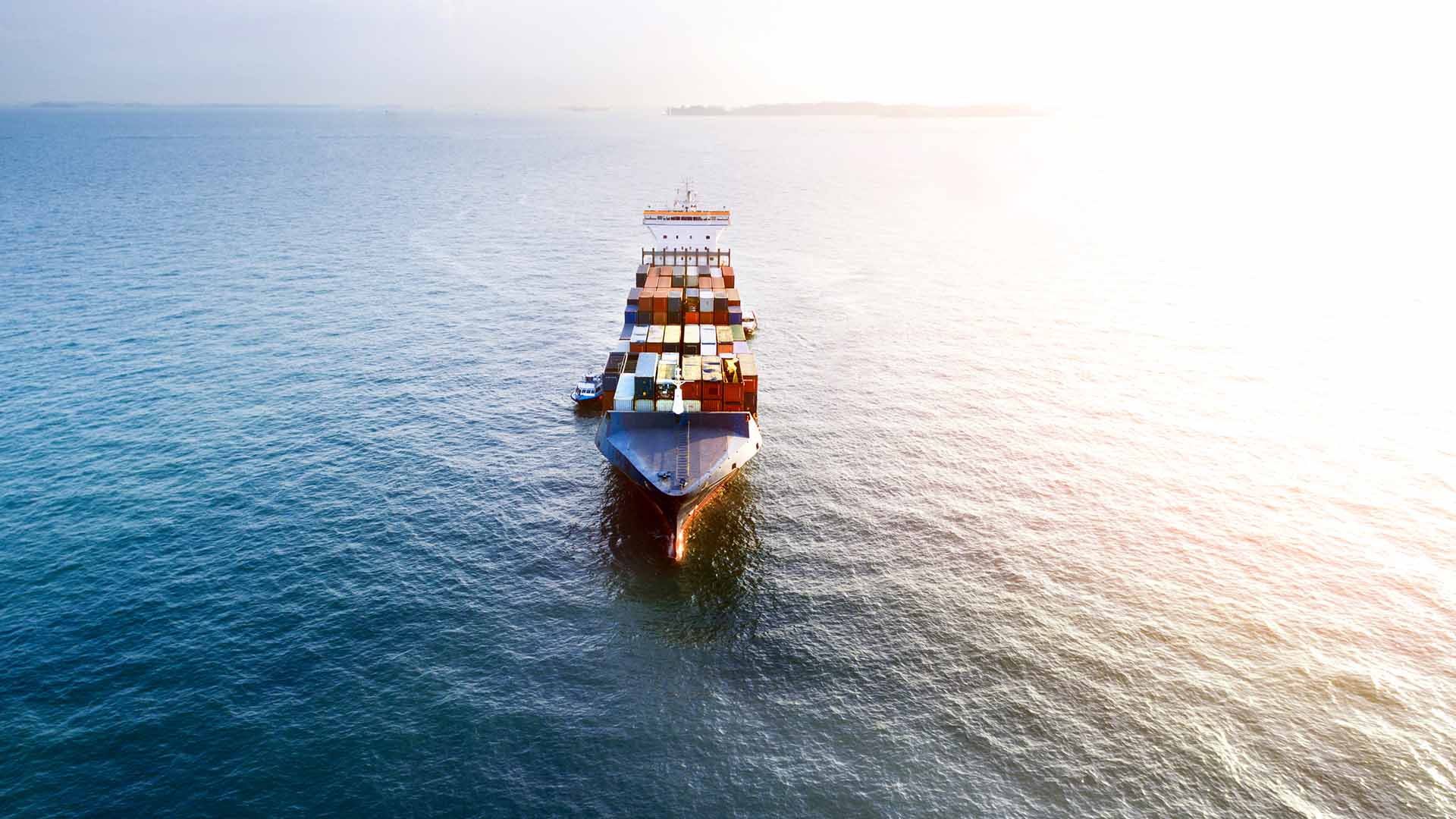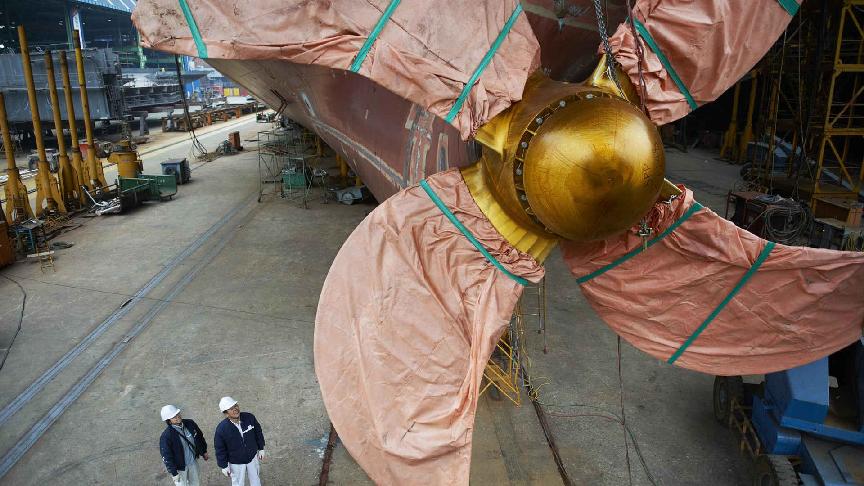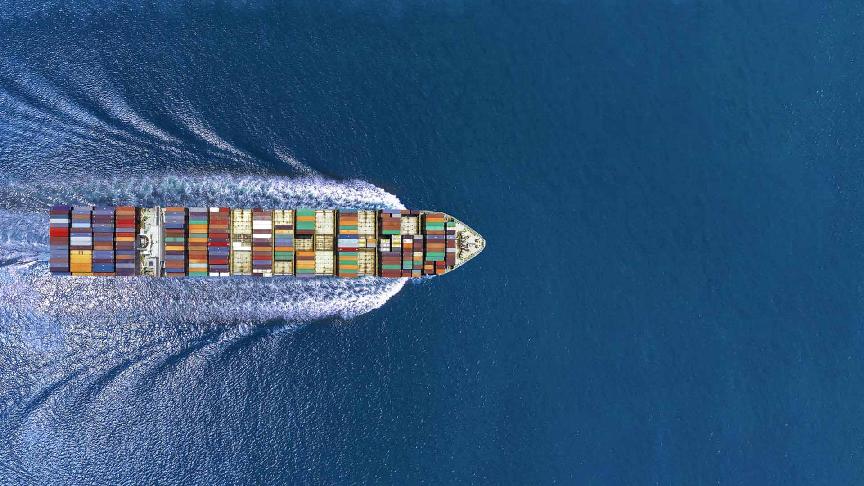26 June 2023 (Lloyd's List) - THE number of blank sailings on the key ex-Asia trade lanes has fallen back from the high levels seen during the pandemic and the market is now back to normalised conditions by this metric, except for the Asia-US west coast trade.
Figures from Sea-Intelligence’s Blank Sailings Tracker show the share of planned sailings that were blanked on the Asia-US east and west coasts, Asia-Mediterranean and Asia-Europe trades escalated during the supply chain bottlenecks of 2020-2022 but have now returned to near-normal. “We are now at a point matching the mid-2020, which was an interim period before the market was impacted by the severe bottlenecks,” said Sea-Intelligence chief executive Alan Murphy.
On the Asia-US trade, the pattern follows that of global blankings as west coast congestion grew in 2020-2021, then rapidly eased in 2023. “It could be considered, though, whether the sheer number of blank sailings is a correct way to measure the impact on the market. An increase in blank sailing has less impact, if the number of regular services also grows, which indeed they did for a while in 2020-2022,” said Murphy.
By calculating the percentage of services, this could be accounted for. “When the market disruption was at its worst, the transpacific trade into the west coast essentially saw every fourth scheduled departure being cancelled,” he said. Voyages to the US east coast never reached the high levels of blankings as seen on the west coast, despite still being highly disruptive. “Once again, we see a raid reversal in 2023 and as we got into mid-June, the level of blank sailings was at an all-time low, since the beginning of the pandemic,” Murphy said.
Trade to Europe was more strongly affected by the first waves of lockdowns in China and the Chinese New Year effect in 2020. “There is a volatile base layer of blank sailings in 2020-2021, but this only starts to increase further during 2022,” Murphy said. “Then we see a rapid reversal back towards normality in 2023, and we are now back to a 5% rate of blank sailings, which is quite low.”
The only trade lane to deviate from the general pattern was the Asia-Mediterranean, which lacked a specific pandemic effect, according to Murphy. “In essence, the level of blank sailings remained fairly constant throughout the pandemic period, with only a slightly increasing trend in 2022,” he said. “As we approach summer 2023, this trade lane also goes through a normalisation, and we are now below 5% of sailings being blanked.”
The underlying trend, however, had been that the trade lanes moved largely in an identical fashion. “This is to be expected in a market where capacity can be relatively easily moved between trade lanes, as well as in a market where a similar external impact is felt, in this case the supply chain bottlenecks stemming from the pandemic market disruptions.” The deviation in the summer of 2020 that saw Asia-Mediterranean blankings rise while others remained low was “clearly a temporary phenomenon”.
The other outlier was the Asia-US west coast, which from the second half of 2021 had systemically higher levels of blank sailings that other trades, which did not rectify until the second half of 2022, before increasing again in 2023. “The early deviation can likely be attributed to the very severe bottlenecks and vessels queues outside the major west coast ports, whereas such an explanatory model would not fit the development seen in early 2023,” Murphy said. In this case, blankings were more to do with carriers trying to lift spot rates against falling demand ahead of the annual contract negotiations that closed in May.
“What we find should, indeed, be good news for the shippers,” Murphy said. “The number of blank sailings is at the lowest we have seen since the pandemic started. It is not perfect — the level is not zero. But no one should expect zero blank sailings, as a normal state of affairs. “Shippers operating in the market now, should take the current situation as being very normal indeed. This is as good as it gets.”







